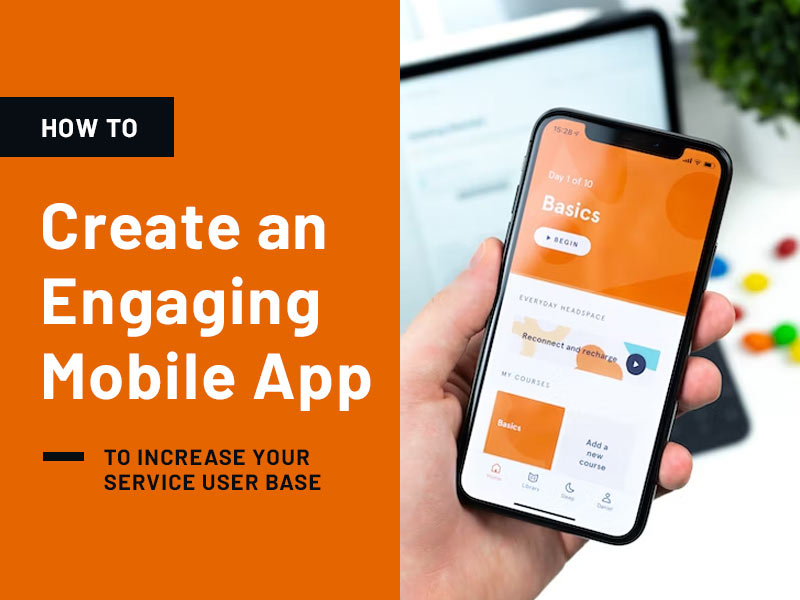In this era of digital expansion, web applications serve as vital assets for companies, allowing them to expand their reach, optimize their operations, and boost interaction with customers. The creation of a web application goes beyond mere programming; it demands thorough planning and strategic choices to ensure the final product is efficient and appealing to its users. With the swift progress in technology and evolving expectations of users, developers are tasked with creating web apps that not only stand out for their innovation but are also scalable and secure.
Delving into the essential considerations for the development process, it is crucial to understand that each choice, from the design phase to deployment, greatly influences the app’s potential for success. Let’s dissect these key factors, beginning with identifying the purpose and the intended users of your web application.
Important Things to Consider When Creating a Web App
Choosing the Right Technology Stack
Selecting the appropriate mix of programming languages, frameworks, databases, and tools is crucial for the web app’s efficiency, ability to scale, and ease of maintenance. The complexity of the app, desired functionalities, and prospects for growth all play into this decision. For example, integrating a vectorized database within your technology stack can drastically improve the speed and efficiency of data processing, especially suitable for apps dealing with substantial data volumes or in need of instant analytics.
Vectorized databases are engineered to maximize data management and query efficiency by batch processing data, as opposed to handling one item at a time, thus fully utilizing modern CPU capabilities. Choosing current and well-supported technologies helps your app stay relevant as tech advances and user needs shift, preventing it from becoming dated. A deliberate selection of your stack components lays a robust foundation for your web app, enhancing its capacity to adapt and grow amidst technological evolution.
Design and User Experience
A web app boasting a carefully crafted user interface and a smooth user experience is more likely to retain its users and foster active engagement. This needs meticulous planning of the layout, consistency in design elements, and prioritizing ease of use. Making your app accessible to individuals with disabilities is essential, along with ensuring responsive design for flawless operation across various devices and screen sizes, catering to our increasingly mobile-centric society.
Performance and Scalability
Your web application should be optimized for quick response times, featuring streamlined code, rapid image loading, and minimal latency. Studies revealed that 47% of consumers expect a web page to load in 2 seconds or less, underscoring the significance of performance for user contentment. Therefore, planning for scalability from the beginning is vital; as the user count increases, your app must manage the added demand without degradation in performance, requiring a flexible and scalable framework.
Security Measures
Within the domain of web app development, securing your platform is critical, as security breaches can lead to substantial financial losses and tarnish your reputation. Adopting strict security protocols, such as safe coding practices, encrypting data, and conducting regular security audits, is imperative for protecting user information and ensuring regulatory compliance. In addition, keeping abreast of emerging security threats and countermeasures is key to defending your app against potential exploits.
Testing and Feedback
Executing extensive testing across different browsers and devices guarantees your web app’s accessibility and functionality for every user. This includes unit, integration, and user acceptance tests to detect and resolve any issues before launch. It’s also important to establish a feedback mechanism with your users, allowing them to highlight problems and propose enhancements. This cycle of improvement elevates the app’s quality and user satisfaction continuously.
Conclusion
Creating a standout web app is an intricate endeavor that goes beyond just coding. It involves a strategic approach, taking into account the app’s purpose, intended audience, design, performance, security, and scalability. Concentrating on these critical elements enables the creation of a web application that not only meets but surpasses user expectations. As you initiate your web app development venture, bear in mind that success is rooted in meticulous planning and iterative refinement based on user input. So, are you ready to develop a web application that distinguishes itself in the digital domain? By keeping these factors in mind, you’re set to craft an engaging and efficient product.







